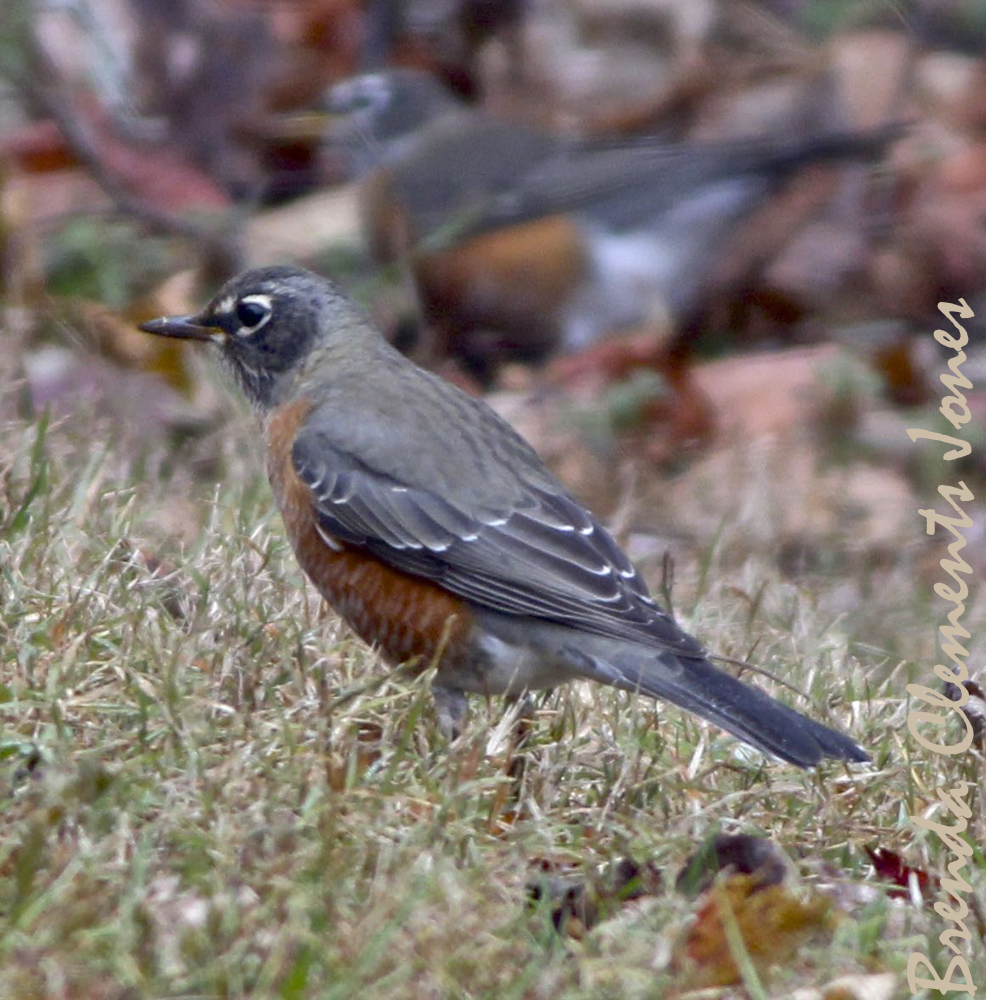-
Vibrant Colors
Such an enchanting bird, the Cedar Waxwing (Bombycilla cedrorum). Its head a buff color trickling down the neck to gradually become soft shades of gray. These neutral colors are accented with small spots of brilliant color. The waxy wingtips of scarlet that are gained through age. The tips of the tail feathers a bright sunflower…
-
Sharing With The Birds
An picture of a Cedar Waxwing (Bombycilla cedrorum), enjoying the berries that are getting ripe around my cabin. But looking at it makes me wonder why this one doesn’t have the characteristic red waxy wing tips that I see so often. Those red wax tips on the Waxwing’s secondary feathers are red thanks to a…
-
They All Descended Upon The Eastern Red Cedars
It happened today. They all arrived. The Cedar Waxwings (Bombycilla cedrorum). All the family. All the friends and neighbors. They’re quite affable and bring along everyone. Often birds of other species too such as the American Robin (Turdus migratorius), will arrive in equal numbers, creating quite the crowd. Both the Cedar Waxwings and the Robins…
-
Robins a Sign of Spring?

American Robins, Turdus migratorius. Some migrate. Some don’t migrate. Either way, during winter they are often seen searching for earthworms, grubs, fruits and berries. Here at my cabin it’s not unusual to see flocks of robins congregating in the frigid temperatures, eating and taking advantage of the birdbath I keep thawed with a water warmer.…